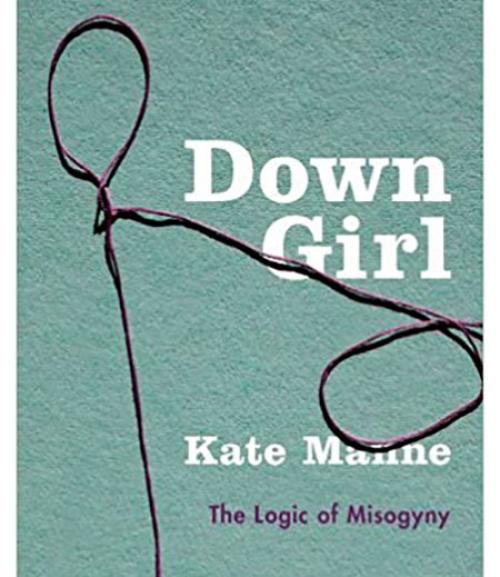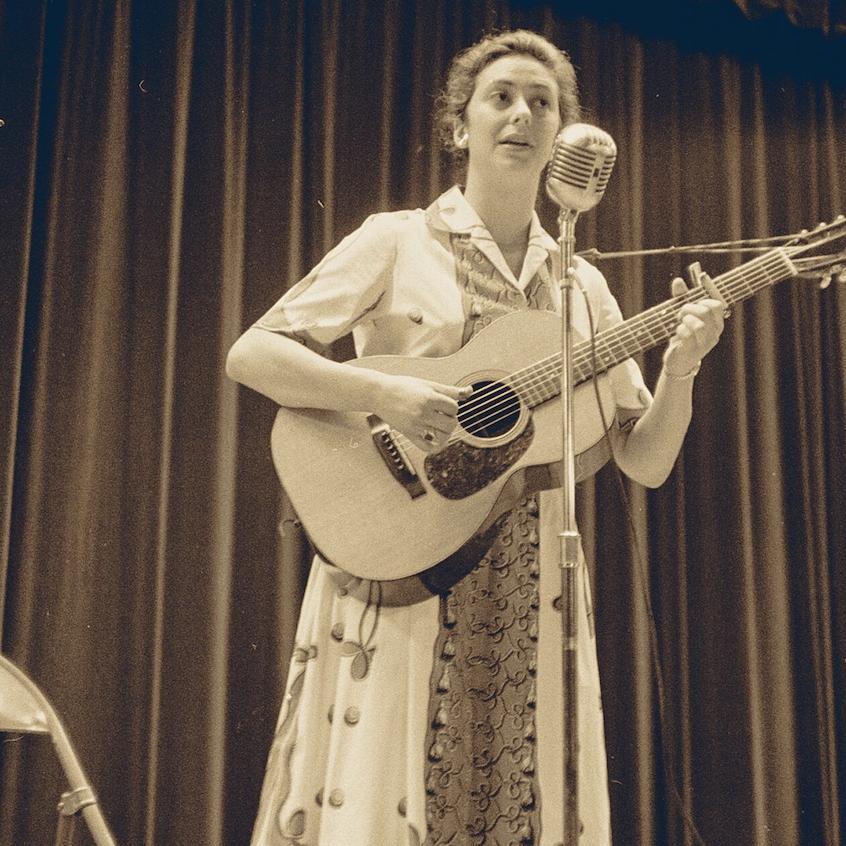
 Department Homepage
The College of Arts & Sciences
Department Homepage
The College of Arts & Sciences
In the era of #MeToo, philosopher’s new book explains misogyny
Why do the patterns of misogyny persist, even in supposedly post-patriarchal parts of the world, like the U.S.? asks Kate Manne in her timely book, “Down Girl: The Logic of Misogyny.”



